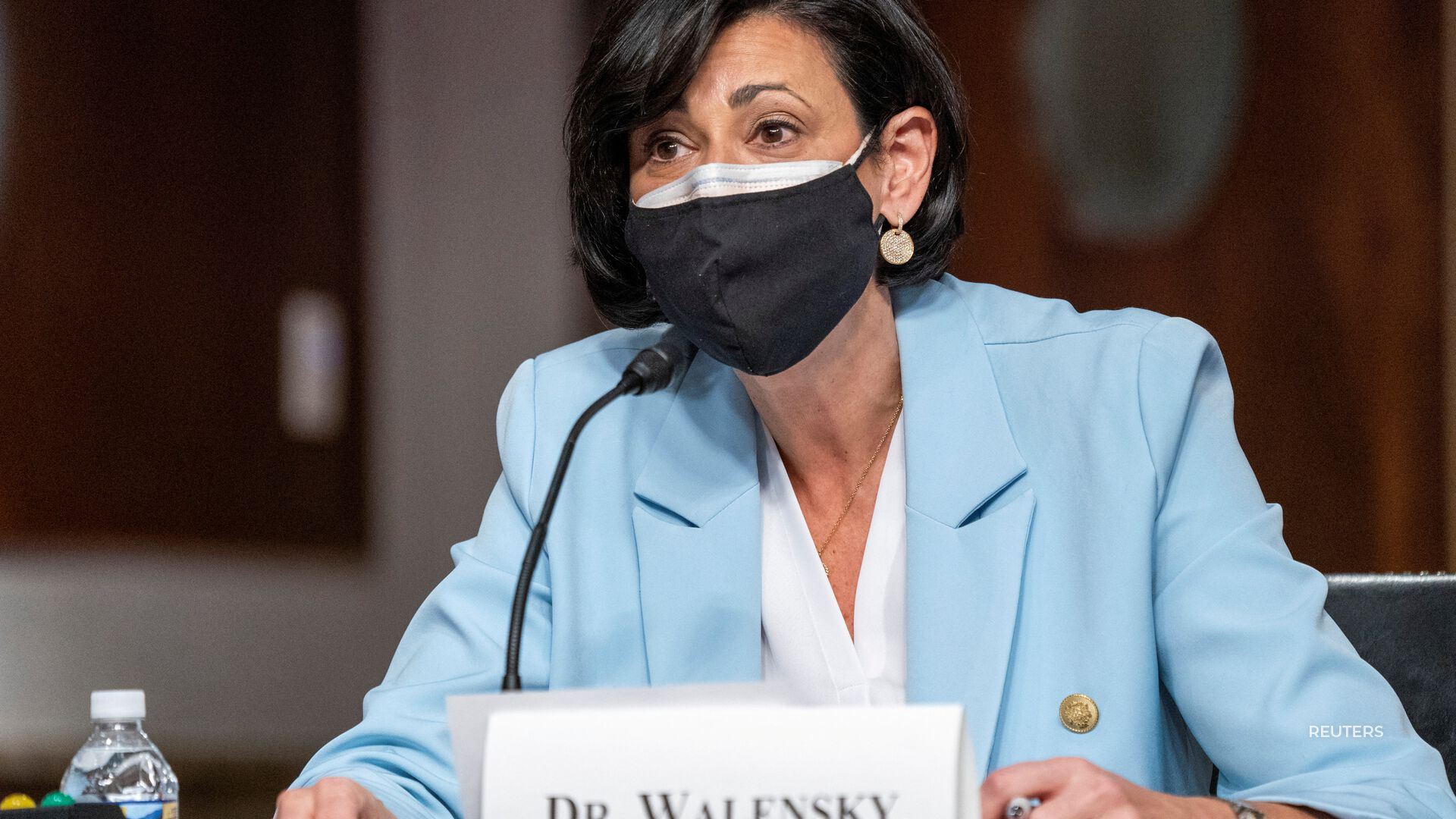
Greta Massetti, CDC official: “As of today, more than half of counties representing about 70% of Americans are in areas with low or medium COVID-19 community levels. This is an increase from about one third of counties at low or medium community levels last week, and we continue to see indicators improve in many communities.”
“And there are some situations where people should always wear a mask, for example, if they have symptoms, if they tested positive for COVID-19 or if they have been exposed to someone with COVID-19. Today, we’re also updating our recommendations for schools. Since July 2021, CDC recommended universal masking in schools no matter what level of impact COVID-19 was having on the community. With this update, CDC will now only recommend universal school masking in communities at the high level.”
Dr. Rochelle Walensky, CDC director: “This updated approach focuses on directing our prevention efforts towards protecting people at high risk for severe illness and preventing hospitals and health care systems from being overwhelmed.”
Andrew Noymer, public health professor, University of California, Irvine: “I would like to see, you know, the most masking when we really need it, when there’s another wave of COVID, potentially next fall. So after Thanksgiving of 2022, you know, it’s very likely that we’ll need to ask people to put their masks back on. And it’s just more likely to happen if if people get some summer months off than if we just say masked all the time. If we have continual masking orders that they might become a total joke by the time we really need them again. And so I think it makes sense to keep our powder dry, so to speak.”
Dr. Marcus Plescia, Association of State and Territorial Health Officials: “What I like is the average person can now decide for themselves. You know, if you see that your community is starting to drift up into kind of a higher level of concern, then you can take steps such as starting to wear masks more frequently, upgrading your mask and having a really good quality mask, perhaps even if things get bad, limiting your contact with other people.”










